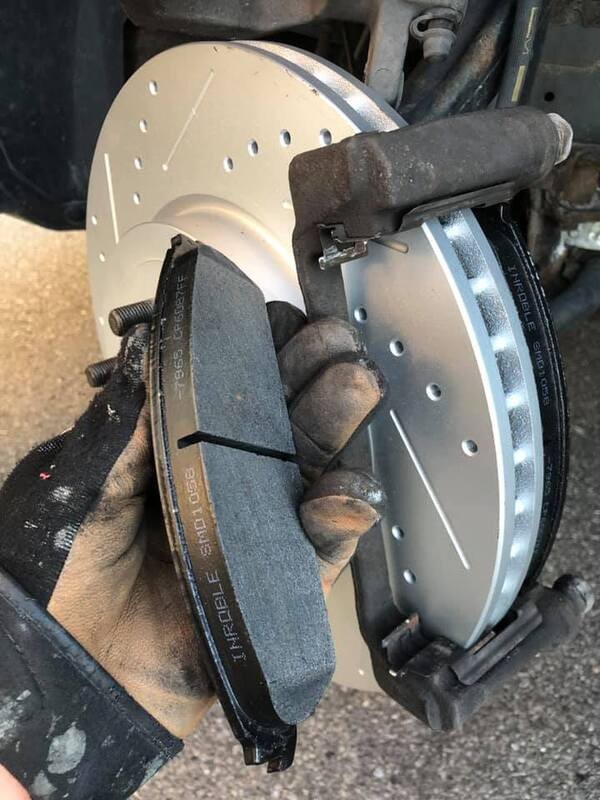How do car brakes work?
April 01, 2021 If you are a new car owner, if you are concerned about your car's brakes, or if you were simply wondering how your vehicle slows down and stops, it's important to understand that the entire braking system functions as one mechanism. Once you are familiar with each part, it will be easier for you to know how often you should get your brakes checked and how often you should replace worn-out parts. As your vehicle's most important safety item, understanding your brakes will help you prevent accidents too.
If you are a new car owner, if you are concerned about your car's brakes, or if you were simply wondering how your vehicle slows down and stops, it's important to understand that the entire braking system functions as one mechanism. Once you are familiar with each part, it will be easier for you to know how often you should get your brakes checked and how often you should replace worn-out parts. As your vehicle's most important safety item, understanding your brakes will help you prevent accidents too.
Brake Components
The car has four brakes, one on each wheel, that are all part of one hydraulic system. Hydraulic just means that the mechanism is operated by a fluid moving under pressure or in a confined space. The brake system is comprised of the following elements: hydraulic fluid, brake lines and hoses, disc rotors, calipers, brake pads, and more.
Disc Rotors
You've seen the shiny metal circle behind the tires on your car - this is your disc rotor. Most cars nowadays have disc rotors but some also have drum brakes. Some cars even have disc rotors in the front, where most of the braking power is used, and drum brakes on the back because they are more affordable. Only very old vehicles will have drum brakes all around. Disc rotors can wear unevenly or become warped and should be checked a couple of times per year, after you cover some significant mileage or during routine inspections.
Brake Calipers
A brake caliper is a part located on the disc - it houses the pistons and the brake pads and looks like a clamp. You can also see it sometimes through the tire's rim. Some sports cars will have the clamp be red in colour to stand out. This part is very important and it's connected to the rest of the braking system with hoses, valves, and brake lines.
Brake Pads 
Your brake pad is what pushes against the rotor disc to create friction and stop the vehicle. The brake pads get naturally worn out and when you get your brakes done, they need to be replaced. If you hear a squealing sound coming from your brakes, it might mean it's time to replace your brake pads, especially if you brake hard or a lot as that causes extreme heat.
How the car braking system works - putting it all together
When you need to brake, you (hopefully) press the brake pedal. Then, mechanical leverage and a brake booster amplify the foot's braking force, thus adding much more strength to your movement. We are trying to stop a 2-ton car here.
How does hydraulic fluid work
The lever you activate pushes a piston into a cylinder full of hydraulic fluid, and the piston pushes the fluid out of the cylinder and into the brake lines. Imagine pressing on a syringe full of liquid, same idea.
Hydraulic fluid is also sometimes called brake fluid. The brake lines (also called brake hoses) are skinny tubes that carry the fluid from the master cylinder to individual cylinders attached to the brake of each wheel. The braking pressure is applied evenly to all four brakes. However, most cars are front-wheel drive and thus the front brakes do the lion's share of the work.
How the brakes stop the car
The brake fluid is what actually applies pressure to the brake caliper, forcing it to press the brake pad against the rotor disc. When the brake pad is pressed against the rotor, friction is created and this friction is exactly what stops your vehicle. Heat is created from the friction between the two parts, and if your brakes are overused, extreme excessive heat can cause glazed rotors and pads.
If you're noticing some vibration or sounds coming from your brakes, it might be time for an inspection or replacement of certain parts. Reach out to us to make sure your car is as safe as it can be!


